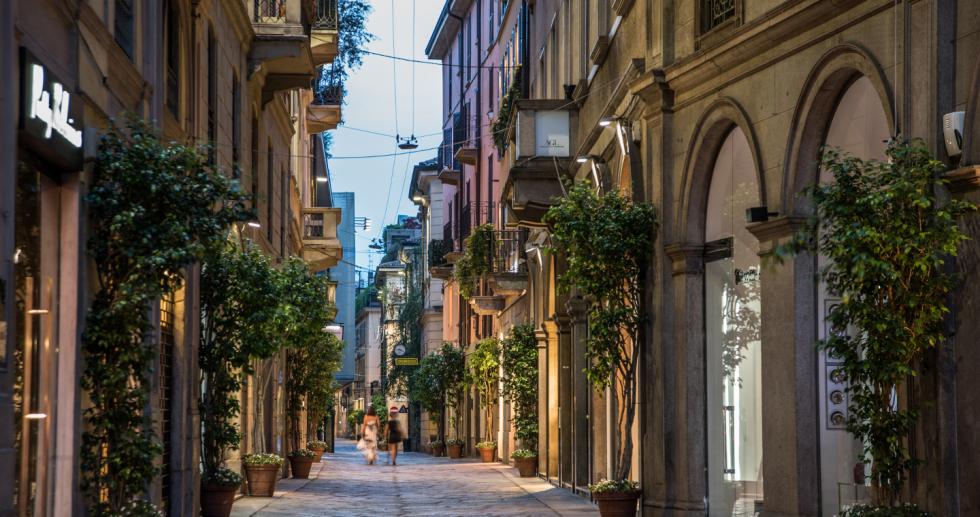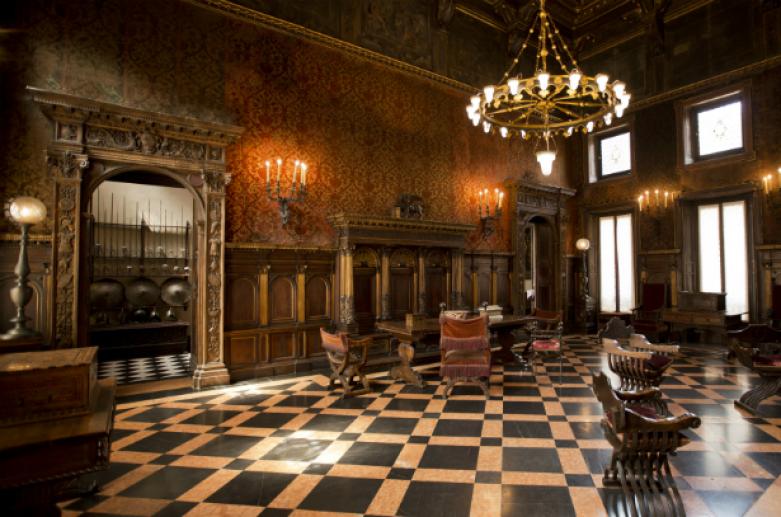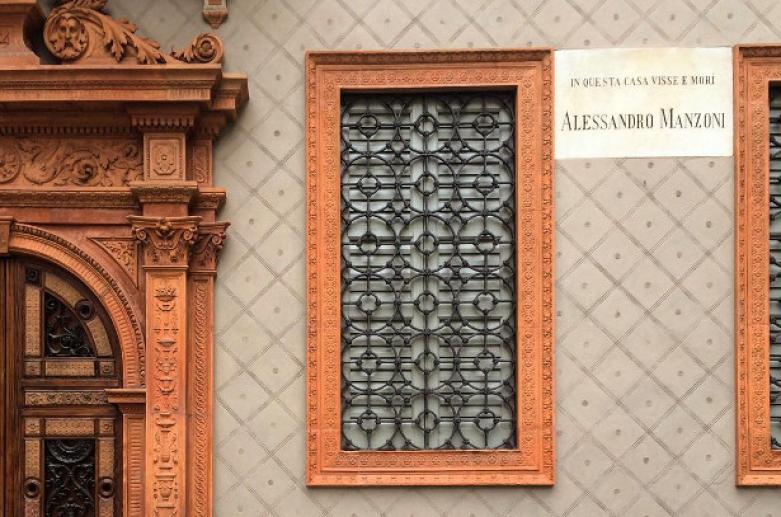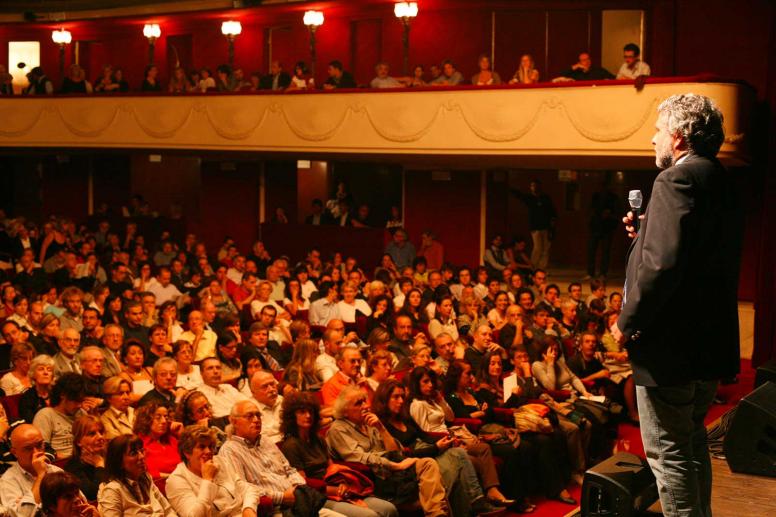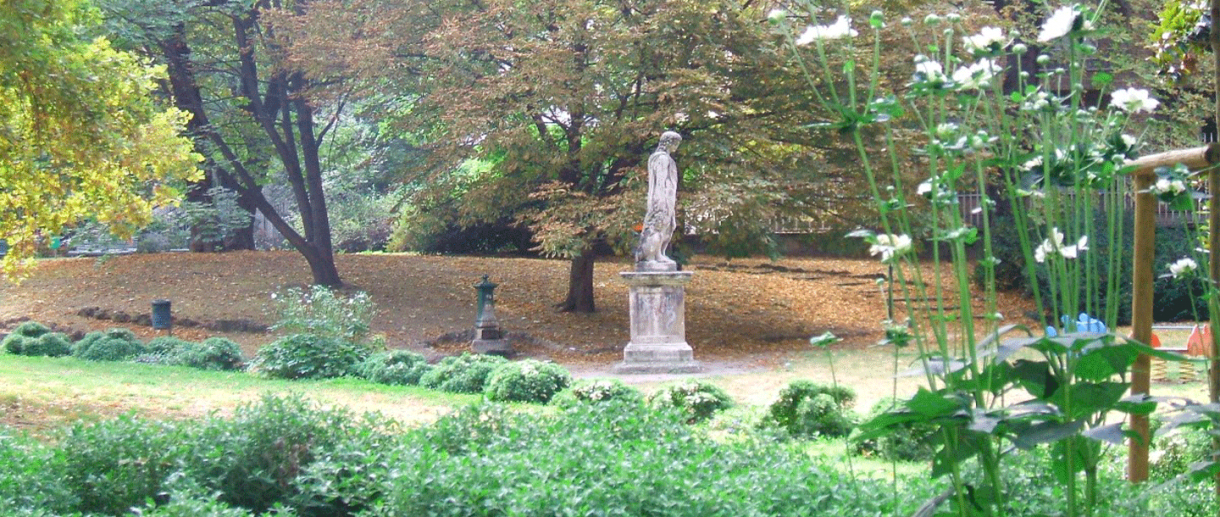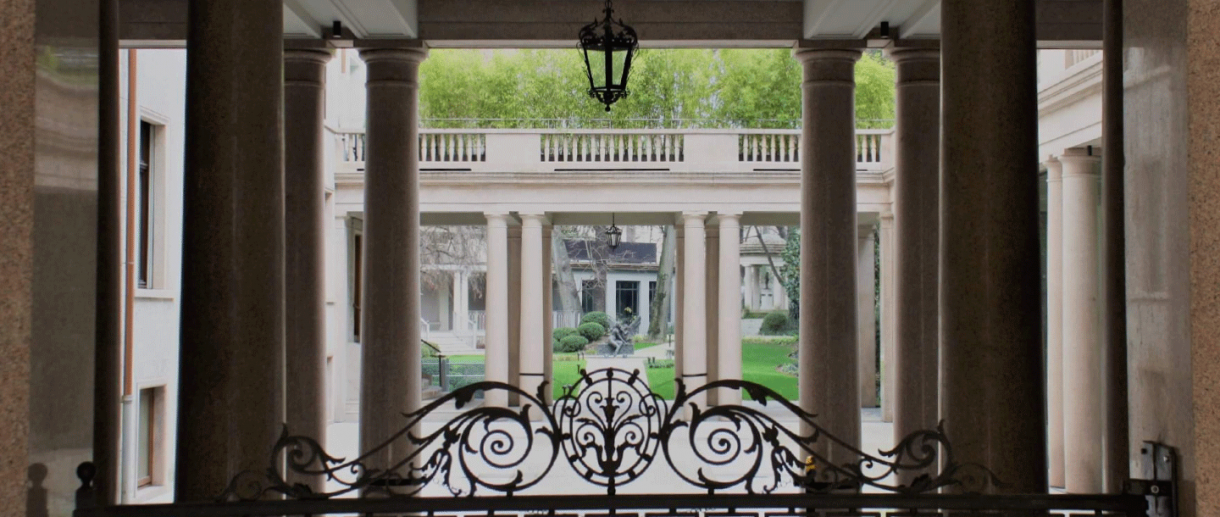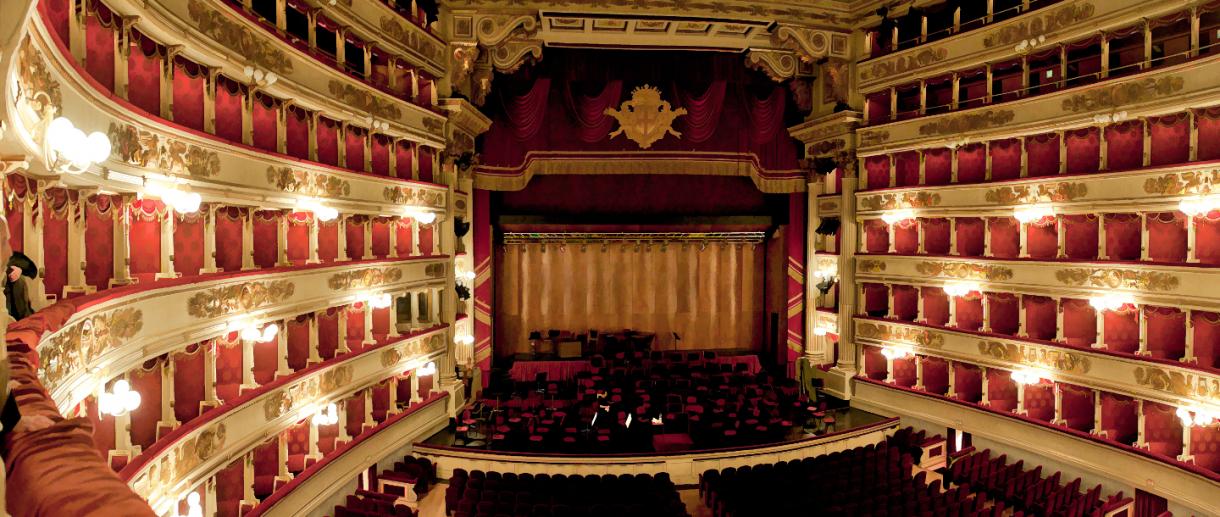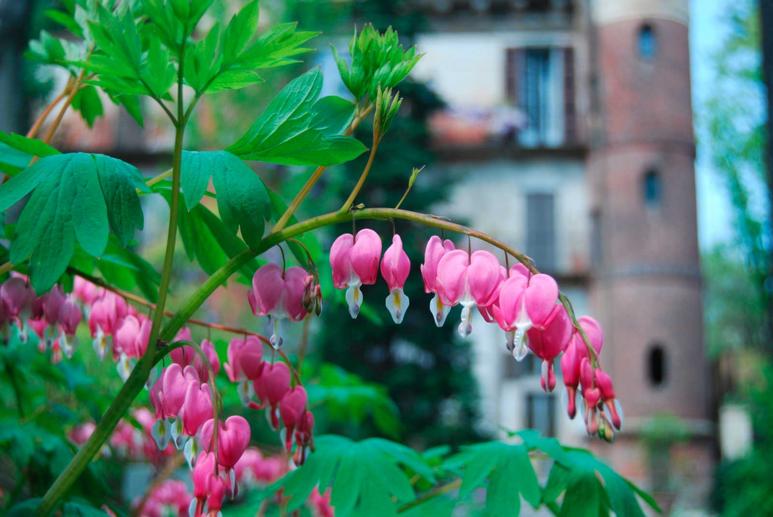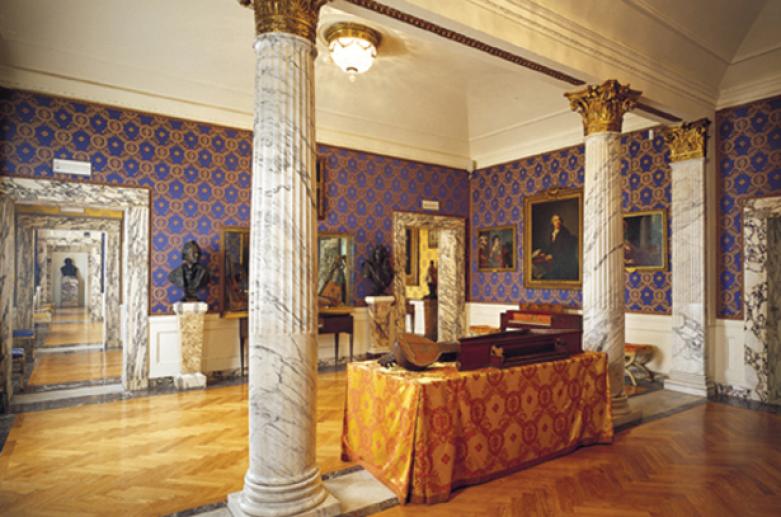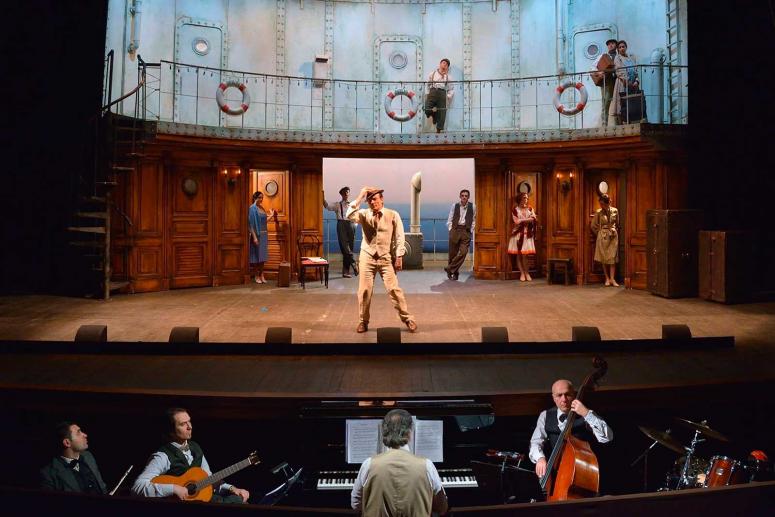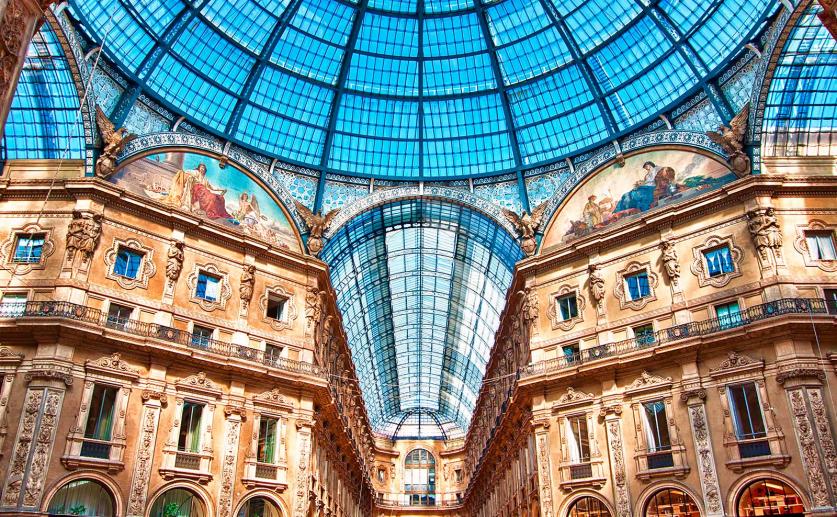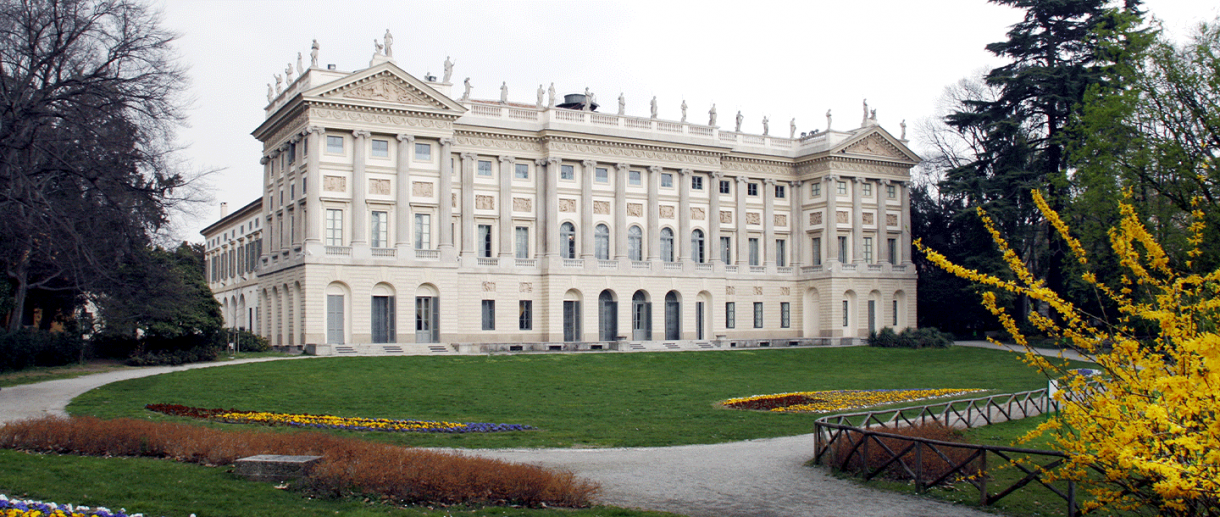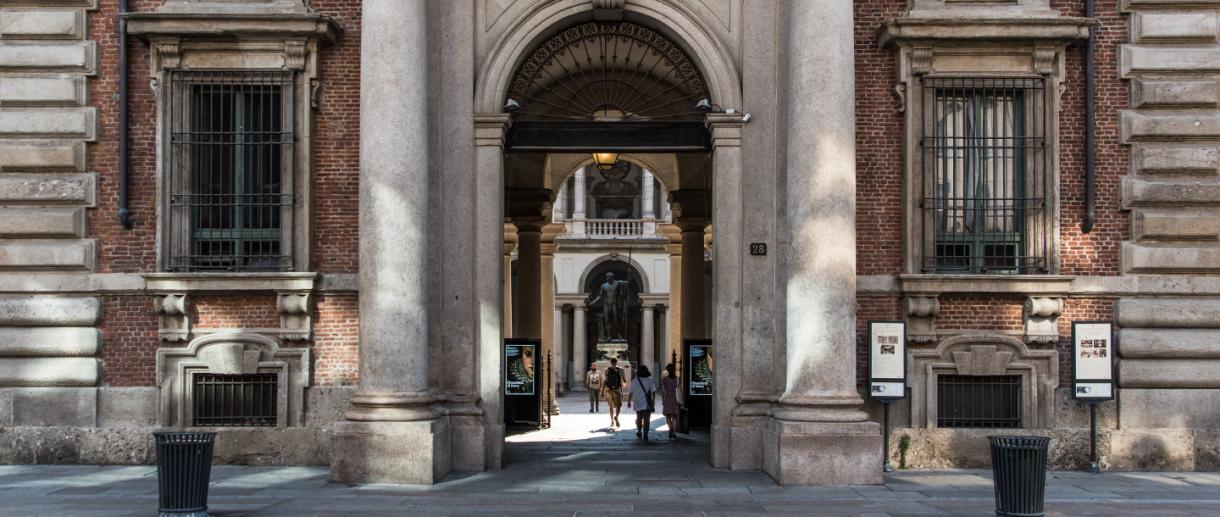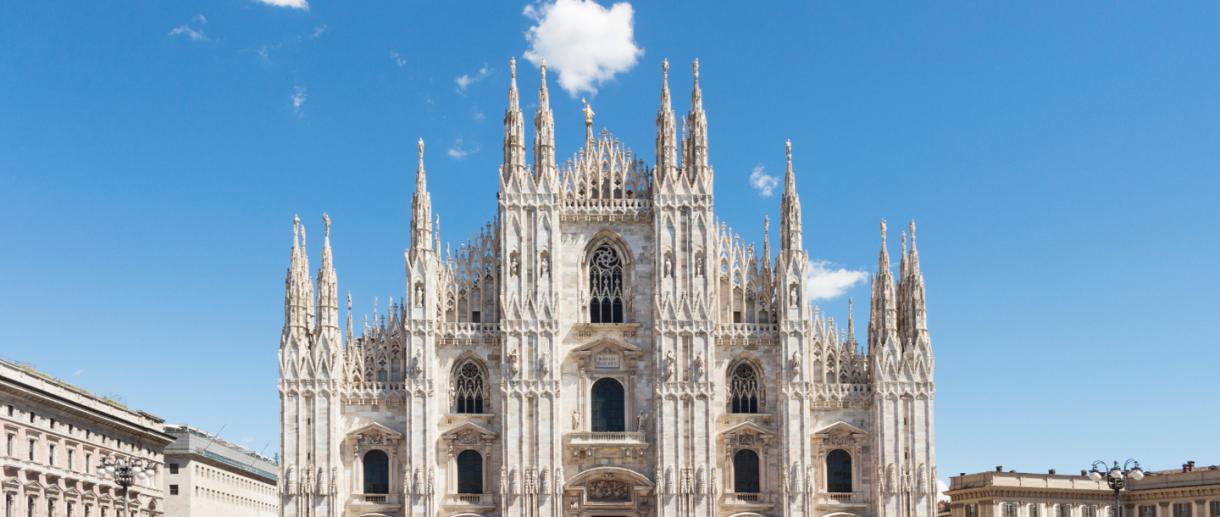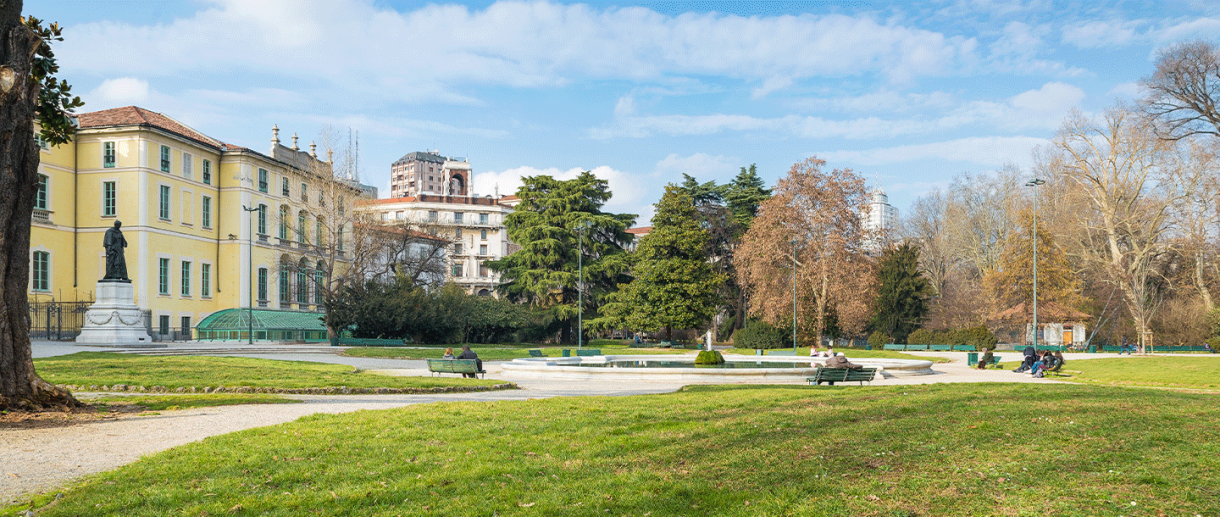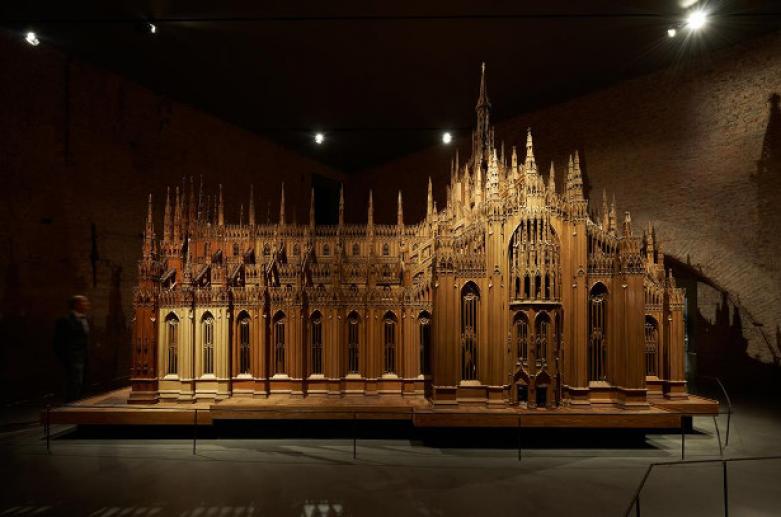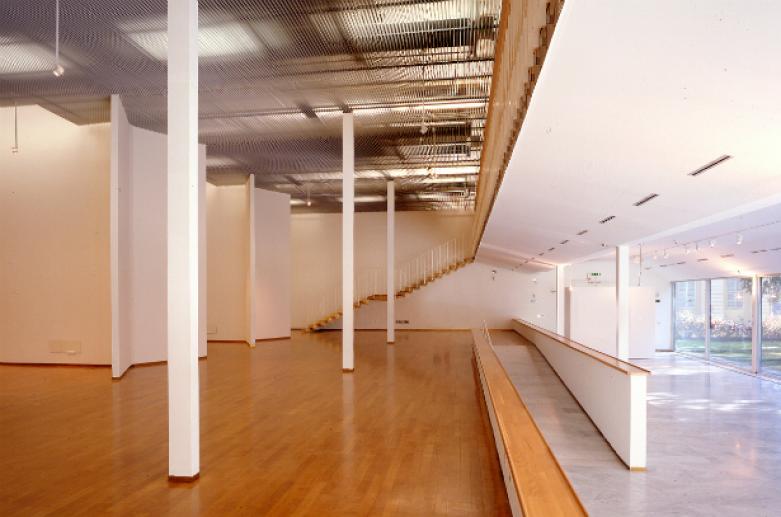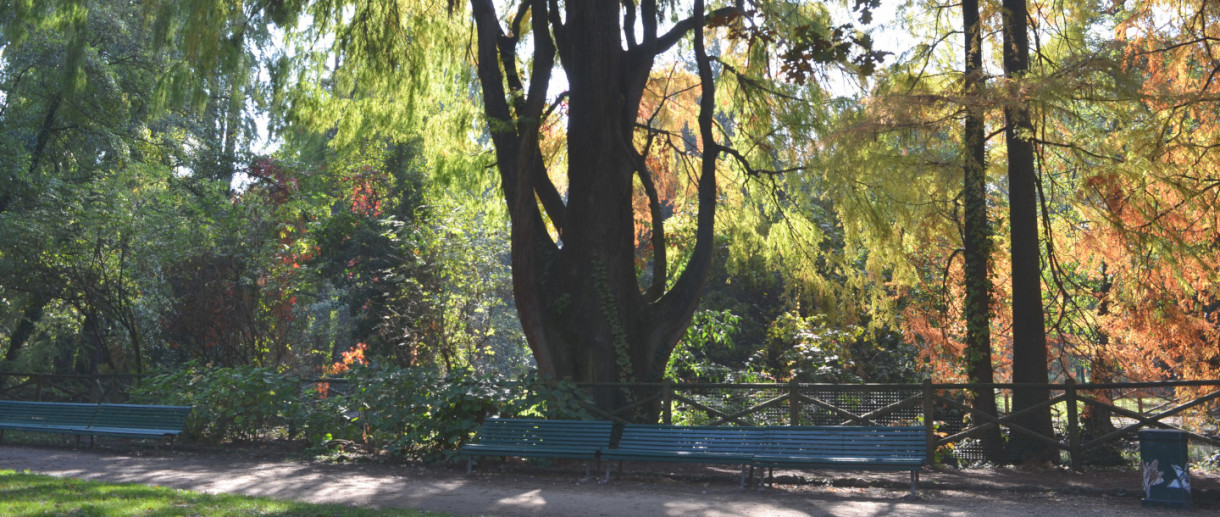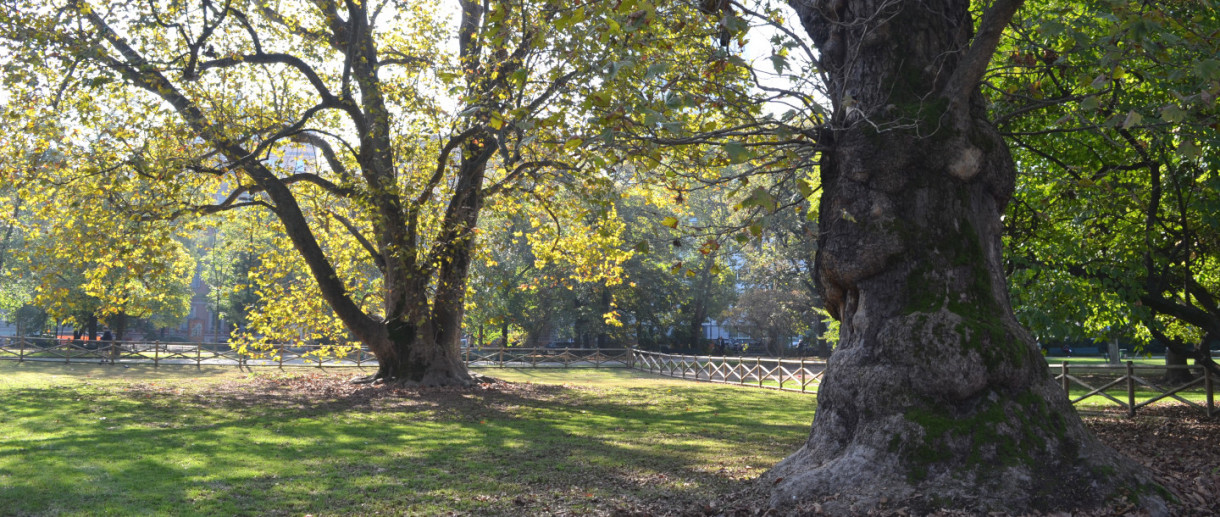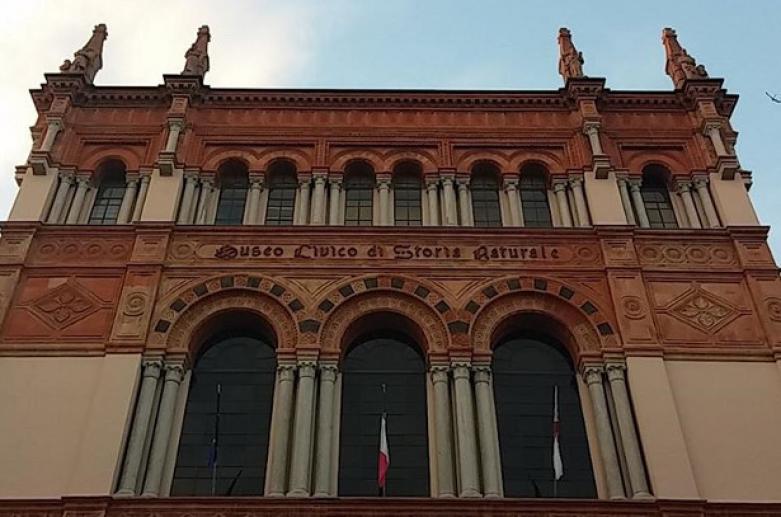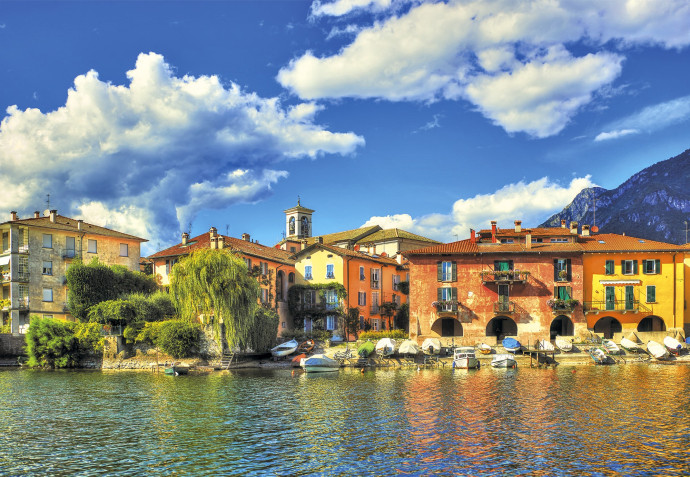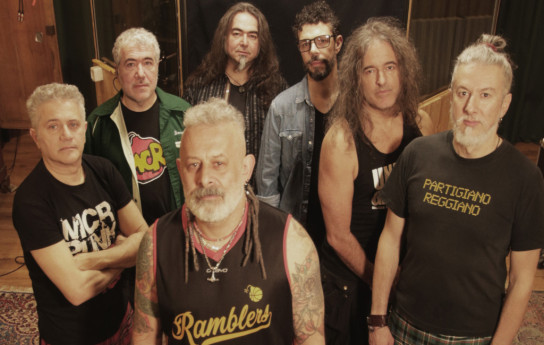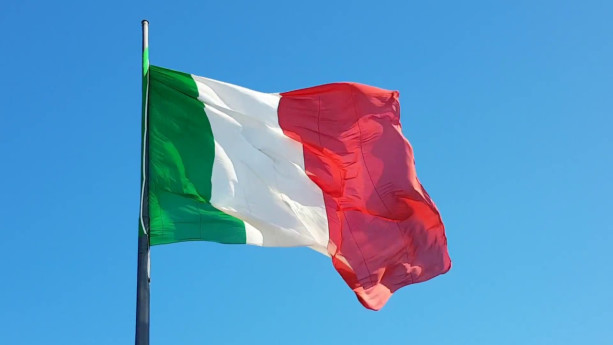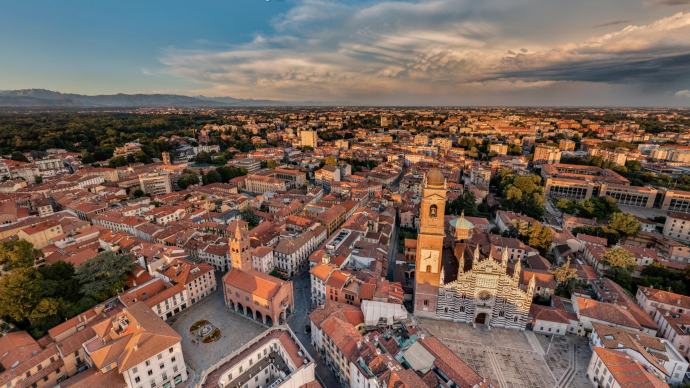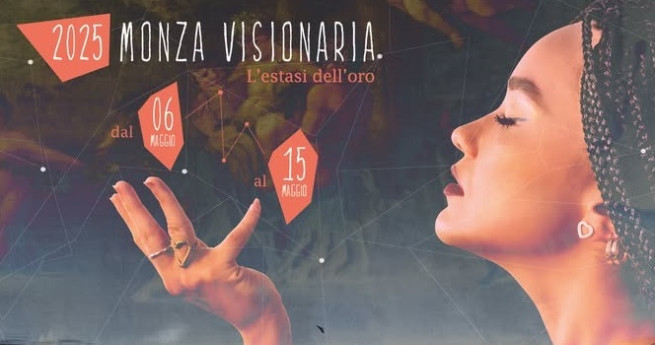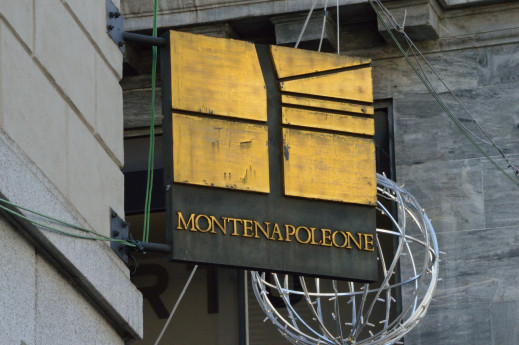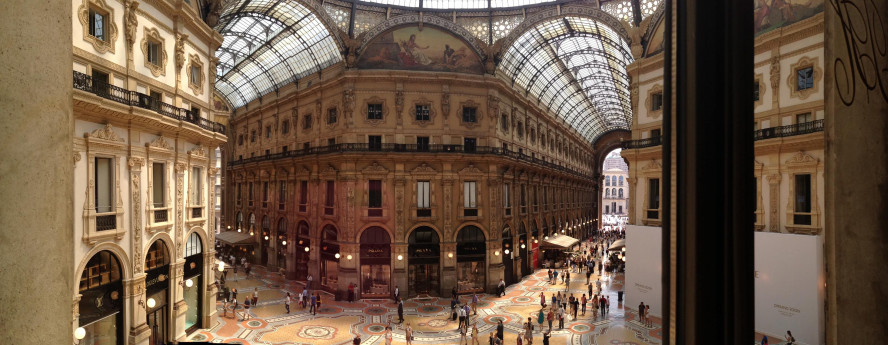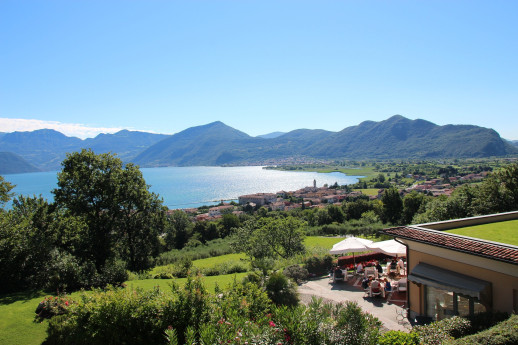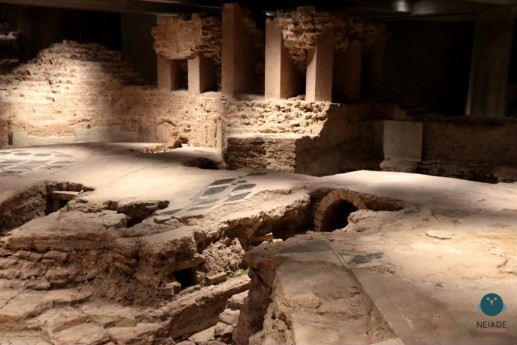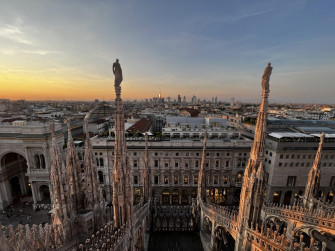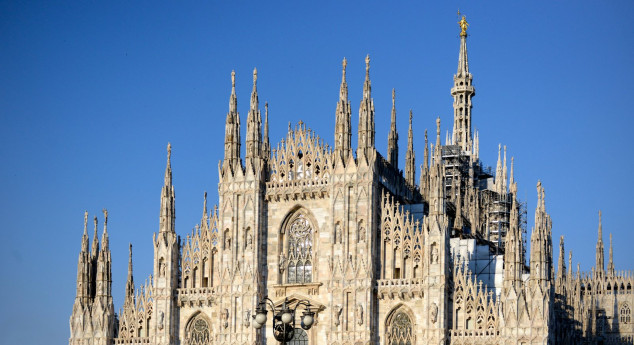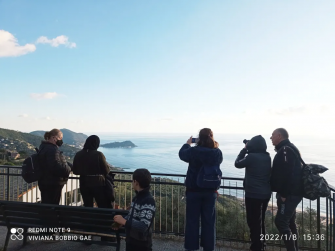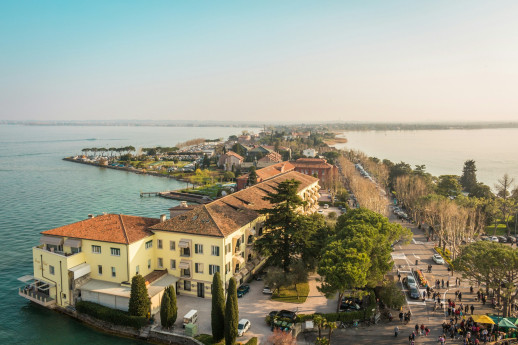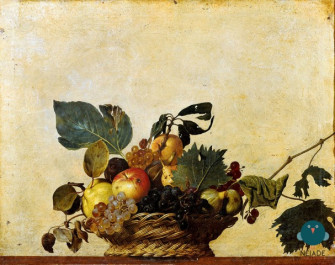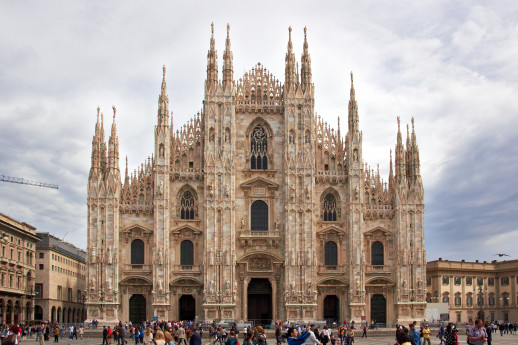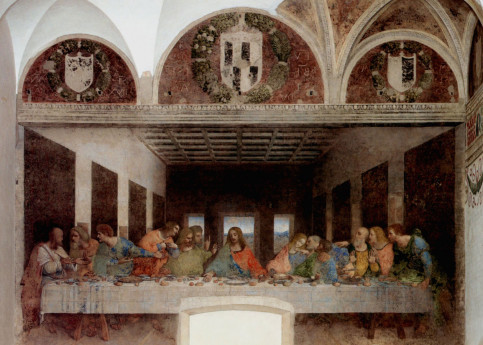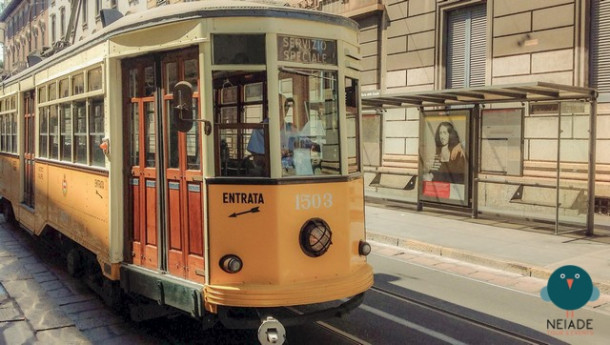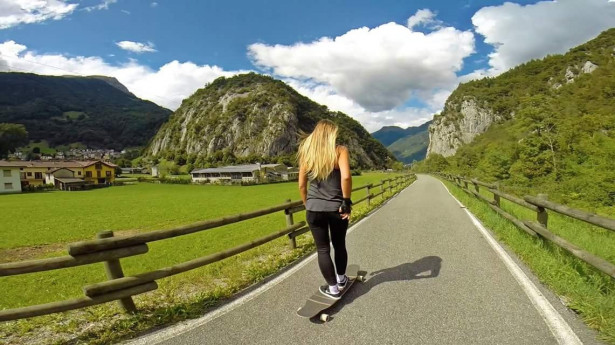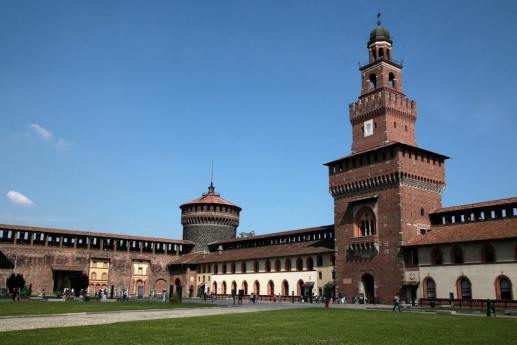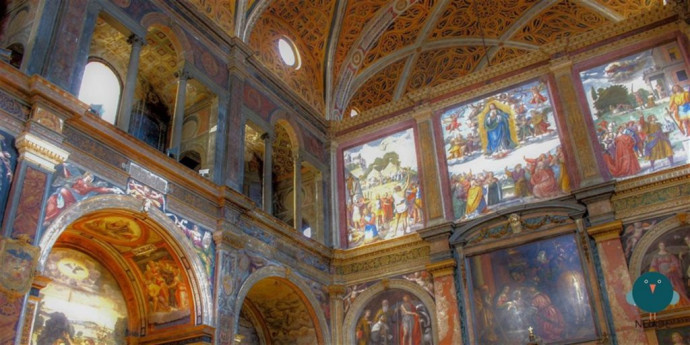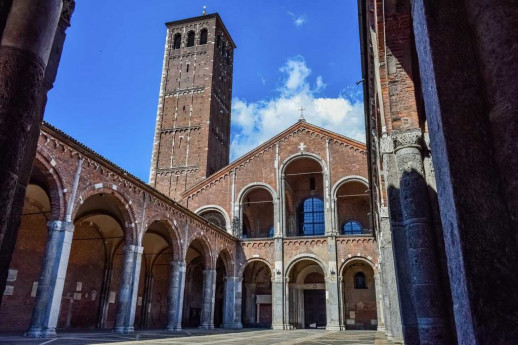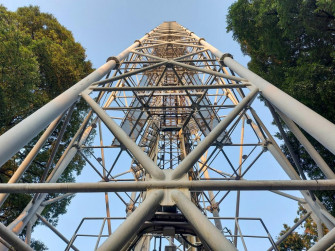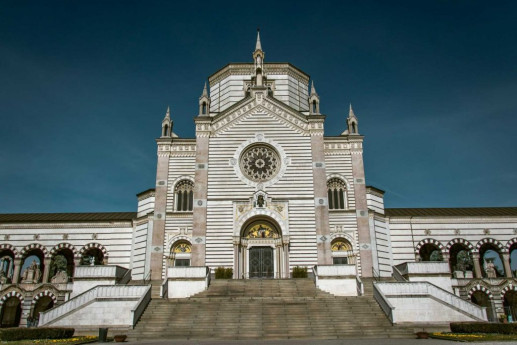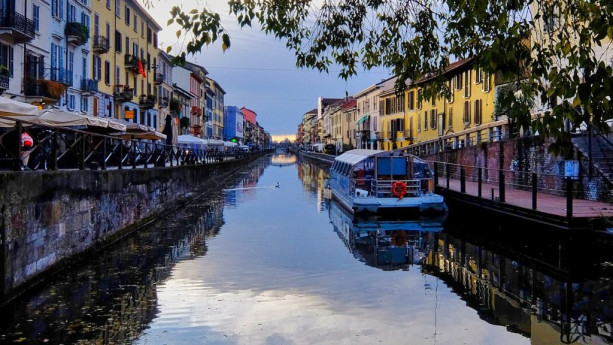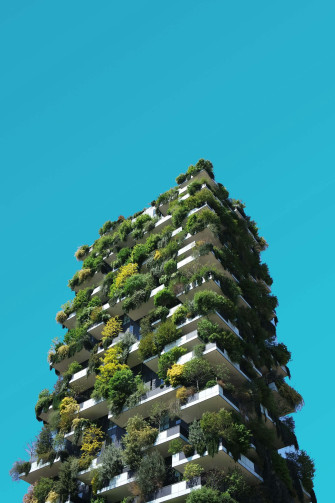- Art & Culture
Poldi Pezzoli Museum
An elegant 19th-century aristocratic residence, displaying the private collection of its former owner
The Poldi Pezzoli Museum was founded in 1881 by the collector Gian Giacomo Poldi Pezzoli.
It is one of the most important museums in Europe that houses one of the finest 19th century art collections.
The aristocratic residence of the noble Gian Giacomo Poldi Pezzoli (1822-1879) provides the backdrop for an exceptional collection of Italian Renaissance paintings along with a unique collection of decorative arts, featuring weapons, porcelain, glass, textiles , watches and jewellery.
The museum is recognised by the Italian State as a cultural institution of national importance, specialised in the history of collecting and decorative arts.
The collection of paintings, dating from the 14th to the 18th century, includes masterpieces by Pollaiuolo, Botticelli, Giovanni Bellini, Mantegna, Piero della Francesca, Tiepolo and Guardi. The largest section of the museum is dedicated to the Italian Renaissance, particularly to the Milanese school of Leonardo da Vinci.
In addition to paintings, Gian Giacomo collected nearly three thousand objects: wonderful collections of jewellery, Venetian glass, porcelain and entire armouries, tapestries, furniture, carpets and archaeological objects. These seemingly disparate works are united by their extreme luxury and extraordinary technical workmanship.
Over time the new collections were combined with those of the founder: mechanical clocks by Bruno Falck, the sundials by Piero Portaluppi, an extensive collection of lace and embroidery , the wonderful Italian paintings by Emilio Visconti Venosta , paintings and drawings of the 19th-century Riccardo Lampugnani, the 18th-century Venetian porcelain works by Giuliano Fratti and the netsuke by Giacinto Ubaldo Lanfranchi .
The Poldi Pezzoli Museum conducts ongoing research on their collections, the results of which are disseminated in publications and exhibitions. The educational division is particularly active, creating new educational tours on an annual basis.
